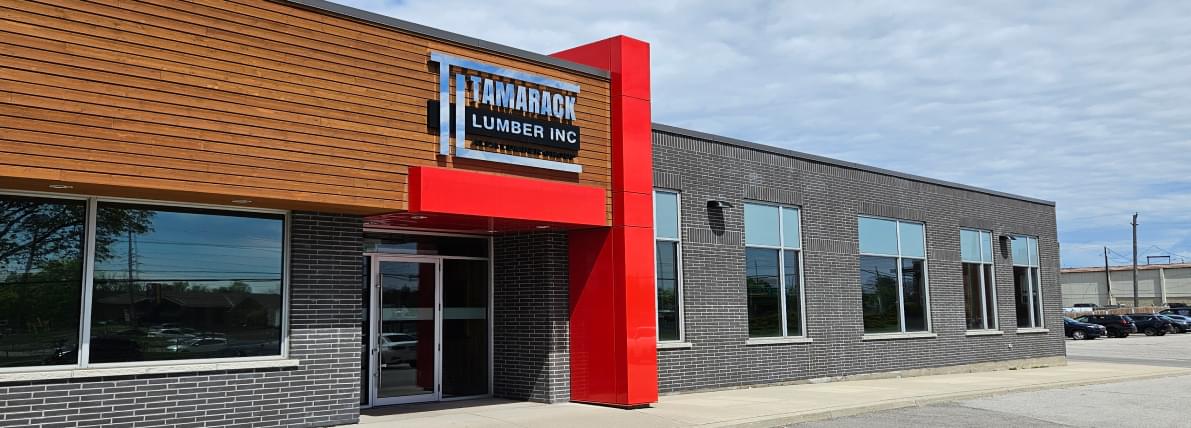
4 Steps to Repair Custom Mouldings in Toronto
Custom mouldings in Toronto mean the difference between standard and impeccable residential interiors. However, mouldings can droop, sag, or get damaged over time. It's essential to repair your frames as soon as possible.
If you find replacements to be time-consuming, you can try this do-it-yourself guide for repairs.
Copy the Shape
You can use a profile gauge to copy the profile of your old or damaged mould. You can use plastic or Masonite knives to get the pattern. Make two knives -- one for the scratch coat and another for the topcoat. Your scratch coat will apply structural epoxy, while the topcoat serves the finishing touches on the to-be-repaired mouldings in Toronto.
Use a Lath to Fix the Gaps in Between
Metal laths are sturdy enough to hold together the gap between two damaged moulds. Before attaching it, check the existing moulds if there are damaged or decayed sections of wood that need replacement. Apply structural epoxy and treat the remaining wood with a hardener. Then, shape the metal lath to the same profile as your moulds.
Wait for Epoxy to Cure and Place Top Coating
Once you've screwed in the metal laths, you can now apply the scratch coat of structural epoxy. The scratch coat knife you shaped earlier is useful in this process because you can push the epoxy firmly into the lath. In doing so, you can wait for the epoxy to cure, then apply another layer until you reach the same thickness as old mouldings. Once the final coat dries, apply the topcoat with the topcoat knife.
Carefully Install Your Newly-Repaired Custom Moulding
Sand the epoxy after it cures before applying the topcoat. Then, make sure to install the newly-repaired moulding carefully.
If repairing mouldings isn't a task suitable for you, you can use Tamarack Lumber's best selection of mouldings in Toronto, or our mouldings customization service. Contact us today to learn more about everything that we can do for you.

